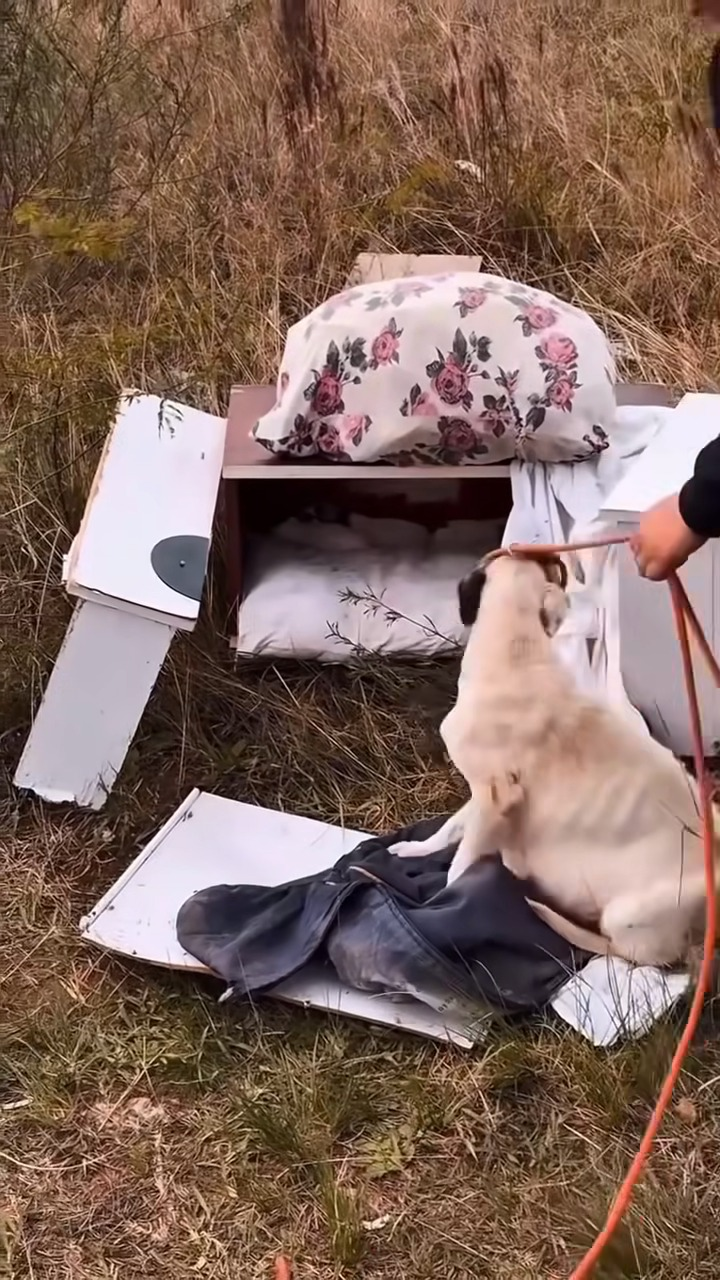Mazda BT-50 3.0L gets fuel-saving tech, new 2.2L engine added to lineup
While work remains ongoing on an electrified BT-50, the diesel range has been tweaked to cut fuel economy and reduce CO2 emissions
Mazda has tweaked the powertrain lineup for its BT-50 ute range in a move designed to reduce fuel consumption (and related CO2 emissions) of the popular 3.0-litre engine and new 2.2-litre unit, the latter replacing the outgoing 1.9-litre motor at the entry point to the BT-50 line-up.
All variants of BT-50 sold in Australia see improvements in their official fuel economy because of the changes, with the fitment of a new auto start-stop system for the 3.0-litre slashing fuel use by as much of 11 percent on paper.
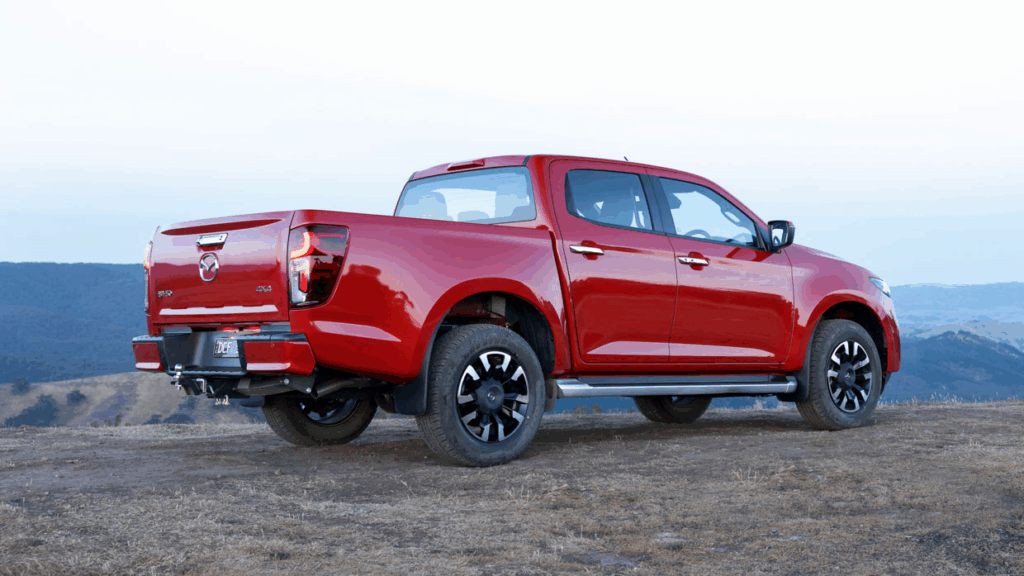
While that appears to be a modest change, it will make a helpful difference to Mazda’s emissions penalties position under Australia’s New Vehicle Efficiency Standard (NVES) laws which penalise carmakers that fail to offset sales of high-CO2 vehicles with EVs and hybrids.
Mazda’s changes do not come for free, however, with BT-50 prices adjusted upward by $450 to $1500 depending on variant while three low-end XS configurations have been added back into the range.
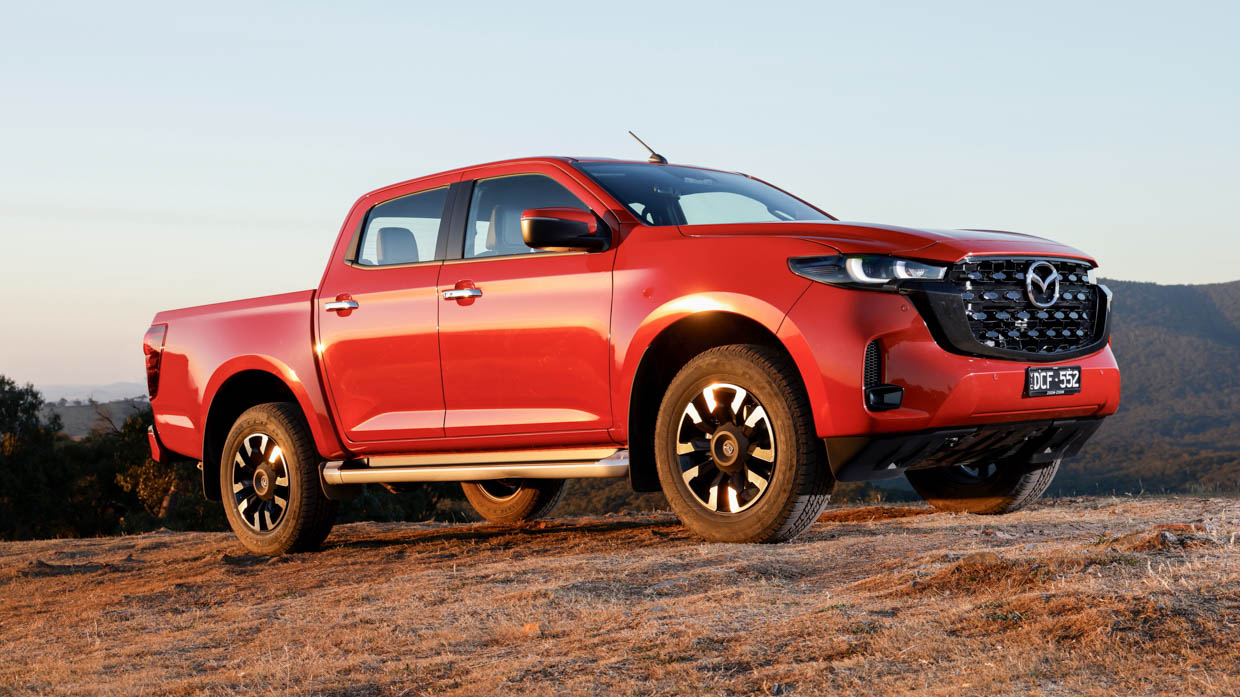
The BT-50, which is a badge-engineered cousin to the Isuzu D-Max, currently ranks sixth in the ute sales race in Australia for 2025, with 10,115 deliveries (2104 4×2 and 8011 4×4) to its name to the end of August. Isuzu, meanwhile, has sold 18,730 D-Max units this year.
Small fuel economy gains make a big difference under NVES
Fuel economy for the lightest, cheapest BT-50 variant equipped with the new 2.2-litre engine (120kW/400Nm) is 6.9L/100km, producing 183g/km of CO2. This compares to the 2025 ‘headline limit’ for utes of 210g/km—which ratchets down to 180g/km in 2026.
That’s a modest improvement of 0.1L/100km (1g/km) compared to the old 1.9-litre engine, but the 2.2 makes 10kW/50Nm more grunt while also shuffling through a more flexible eight-speed torque converter automatic.
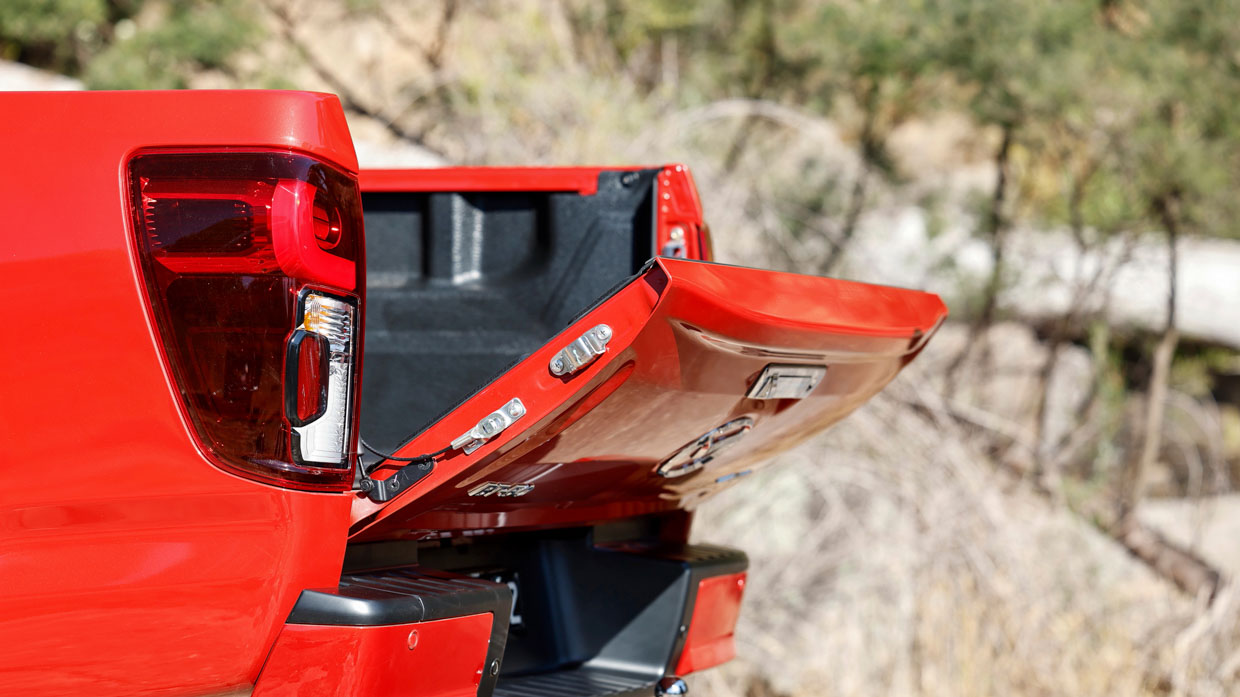
Meanwhile, the updated 3.0-litre four-cylinder diesel (which produces 140kW/450Nm) retains its six-speed auto’ but its idle-stop system sees it slash as much as 0.9L/100km (or 20g/km) compared to BT-50s without this tech.
Both the 2.2-litre and 3.0-litre engines, sourced from Isuzu, can be had with 4×2 (rear-wheel drive) or part-time 4×4 drivelines.
Hybrid BT-50 likely in future, electric version avoided for now
Mazda and Isuzu are understood to be exploring options for a future hybrid powertrain to be used in the BT-50 and D-Max cousins in a bid for NVES compliance.
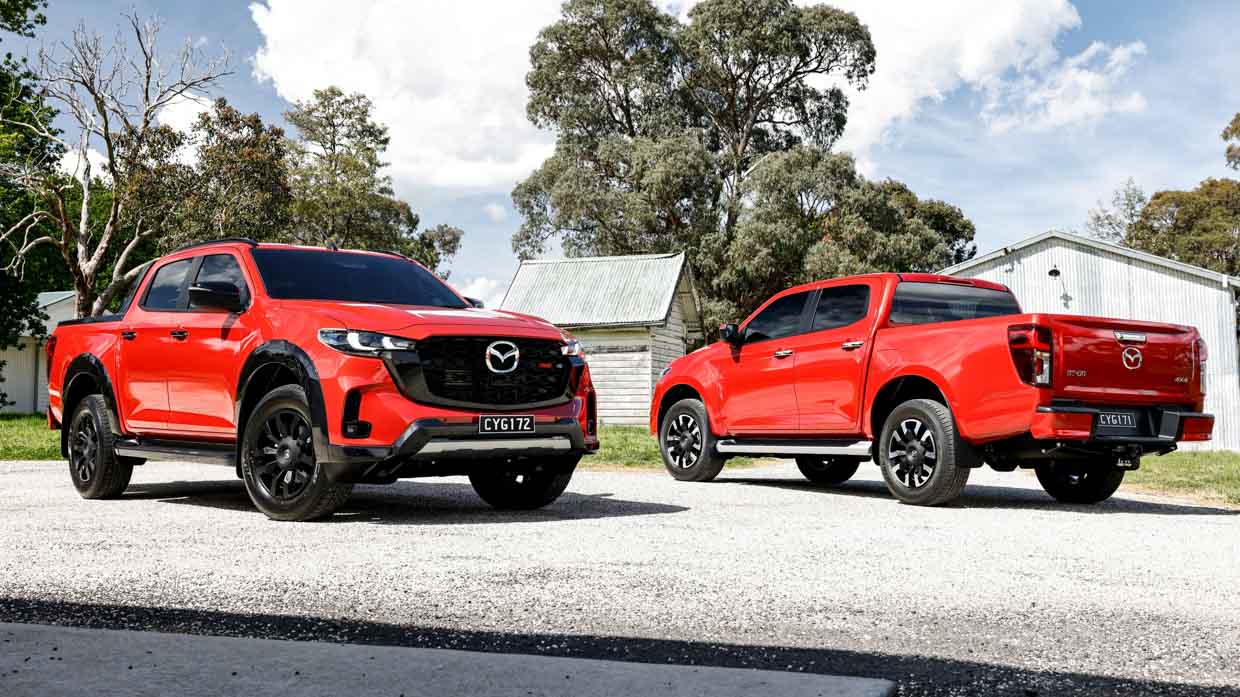
Isuzu, which does not have a low-CO2 passenger car lineup to offset diesel ute emissions, will import an 4×4 electric D-Max to Australia with 1000kg payload, 3500kg towing, but with a small battery (to preserve payload) limiting driving range to approximately 260km.
Mazda is not understood to be interested in rebadging a version of the electric D-Max to create a BEV BT-50 with such specifications.
BT-50 equipment: XS, XT, XTR, GT and SP
The new 2.2-litre diesel engine is only available in conjunction with the entry-grade BT-50 XS variant (from $37,900 plus-on road costs). The XS grade can be had in single or dual cab-chassis form factors, or a dual cab pick-up shape.
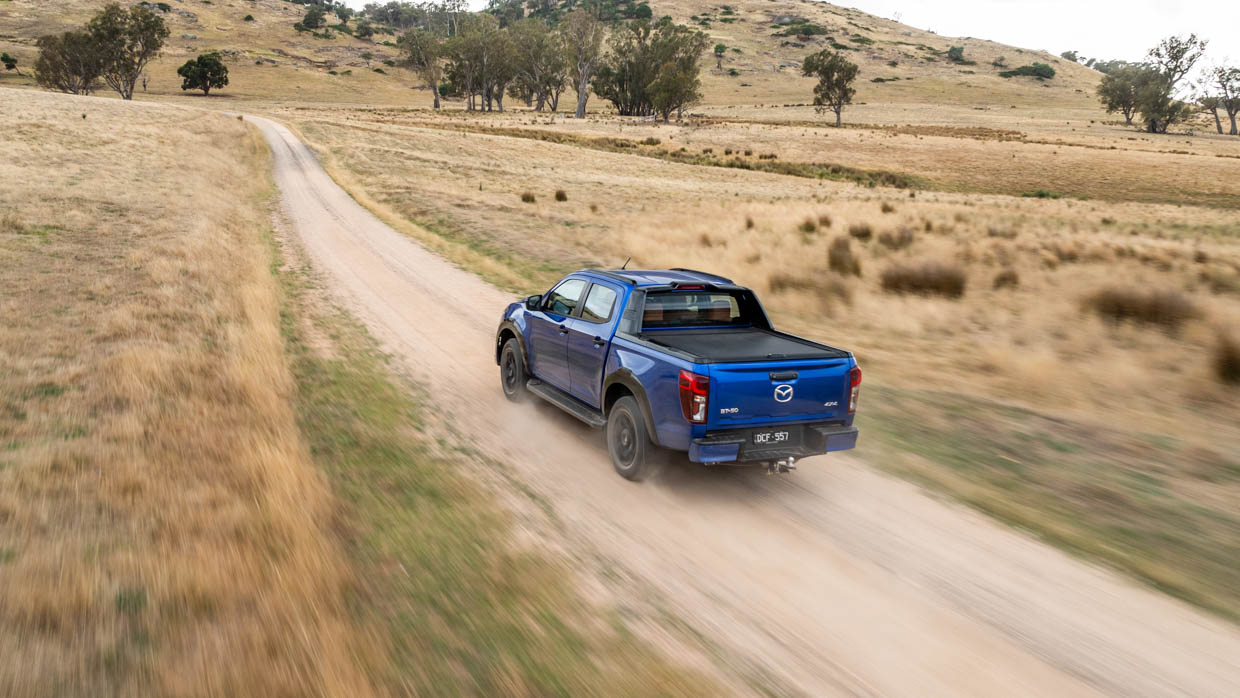
XS versions include 17-inch silver steel wheels, an eight-inch touchscreen with Apple CarPlay/Android Auto, LED headlights, DAB+ digital radio, autonomous emergency braking, adaptive cruise control, blind spot monitoring, and lane departure warning.
From the second-tier XT (from $40,400 + ORCs) upward, only the 3.0-litre engine is available. The XT adds 17-inch black alloy wheels while pick-up versions also pick up a reversing camera. XT is also where the Freestyle cab becomes an option.
Third-tier XTR (from $54,240 + ORCs) brings silver/black alloys, dual-zone climate control, a larger nine-inch touchscreen, integrated satellite navigation, keyless entry to the front doors, folding mirrors, side steps, a leather steering wheel/shifter and included tow bar into the mix.
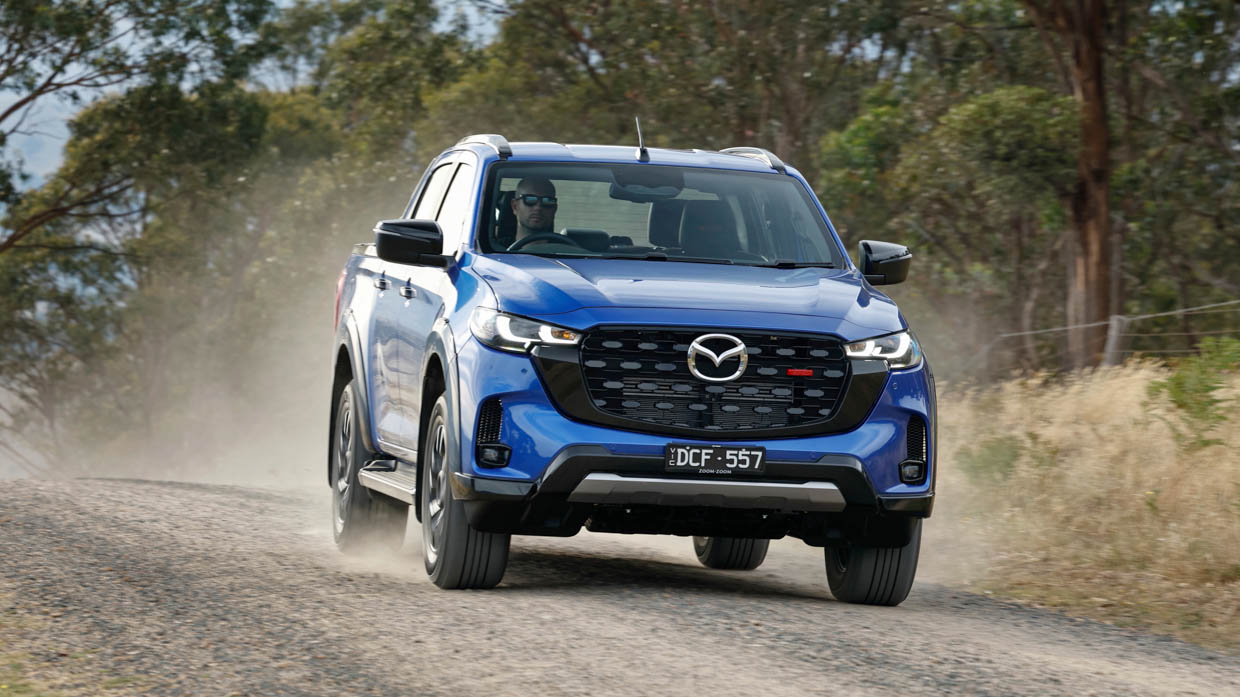
Stepping into the GT (from $64,520 + ORCs) adds further luxuries in the form of genuine leather trim, heated front seats, eight-way power-adjustable driver’s seat, remote engine start, front parking sensors, and heated mirrors and front parking sensors.
The ultimate BT-50 spec, the SP, costs $71,950 + ORCs in dual cab pick-up format only. SP gains unique black alloys, black/terracotta vinyl/suede seat upholstery, an exterior black pack (roof rails, side steps, door handles, sail plane sports bar and grille), and a roller tonneau cover.
Fresh Chinese BYD Sealion 6, Geely Starray, Mitsubishi Outlander PHEV challenger: Lepas L8 2026 Australian release confirmed
2 weeks ago

Lukas Foyle
Contributor
Meet the latest Chery sub-brand bound for Australia with a mid-size SUV in tow — the Lepas L8
Chinese carmaker Chery has confirmed it will debut its latest sub-brand, known as Lepas, into the Australian market next year.
A portmanteau of the words ‘leap’ and ‘passion’, Lepas (presumably pronounced “Leap-pass”) will become Chery’s fourth sub-brand actively trading in Australia, following behind Chery Australia, Omoda, and Jaecoo.
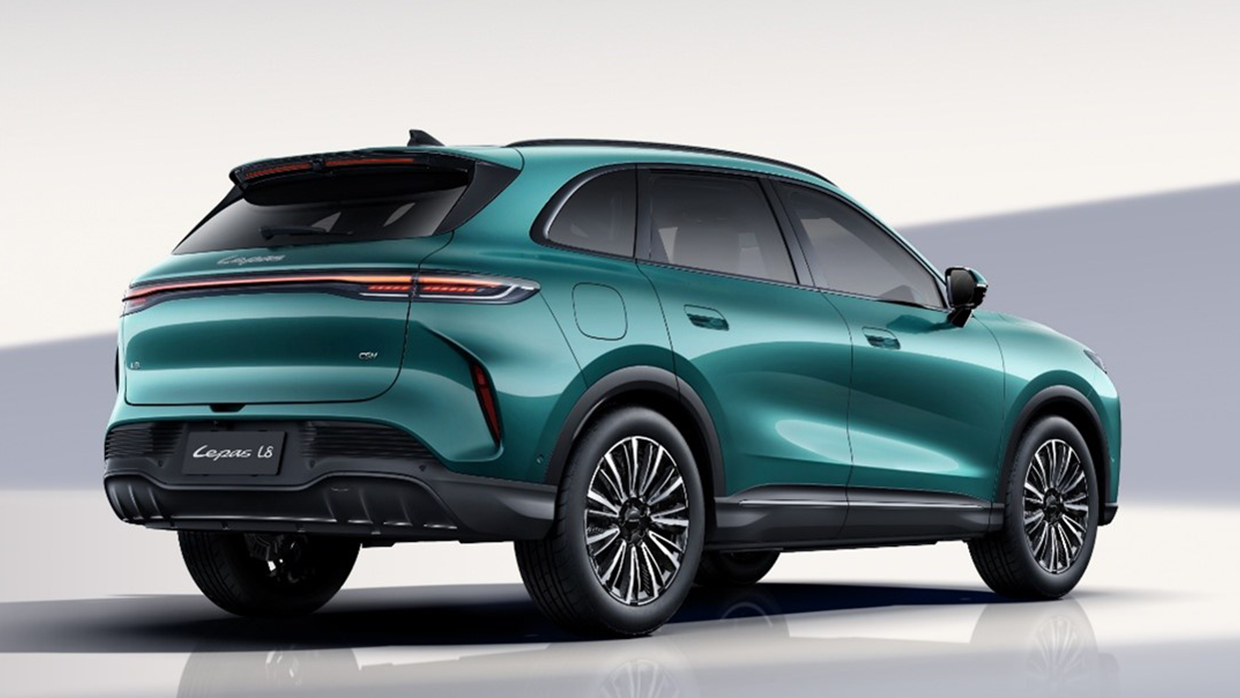
Other Chery sub-brands in contention for Australia include iCaur (known as iCar in China), a lifestyle offroad EV brand, and Jetour, which fills a similar niche.
Lepas has so far confirmed just one flagship model for its local debut, known as the Lepas L8. It appears to be a rival to the BYD Sealion 6 and Mitsubishi Outlander PHEV, presenting as slightly larger than midsize but still a five-seater. Not unlike its Omoda 9 stablemate.
Offering just five seats also opens the L8 to ‘true midsize’ rivals such as the Geely Starray and MG HS ‘Super Hybrid’.
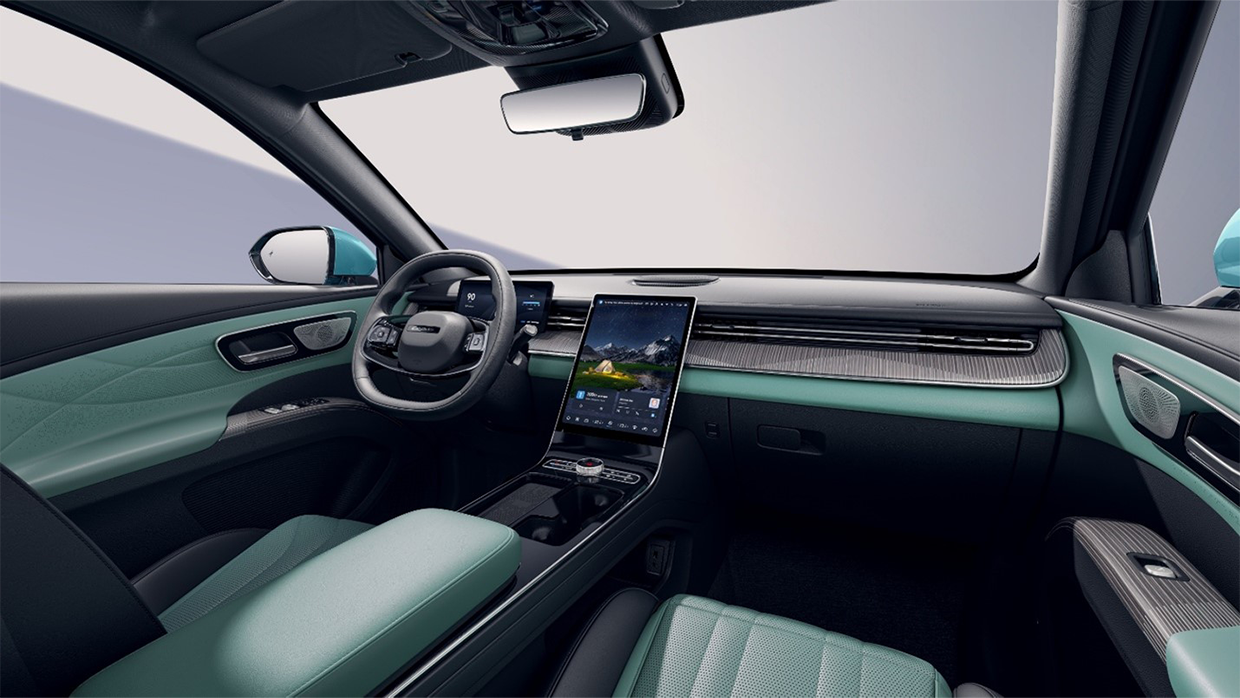
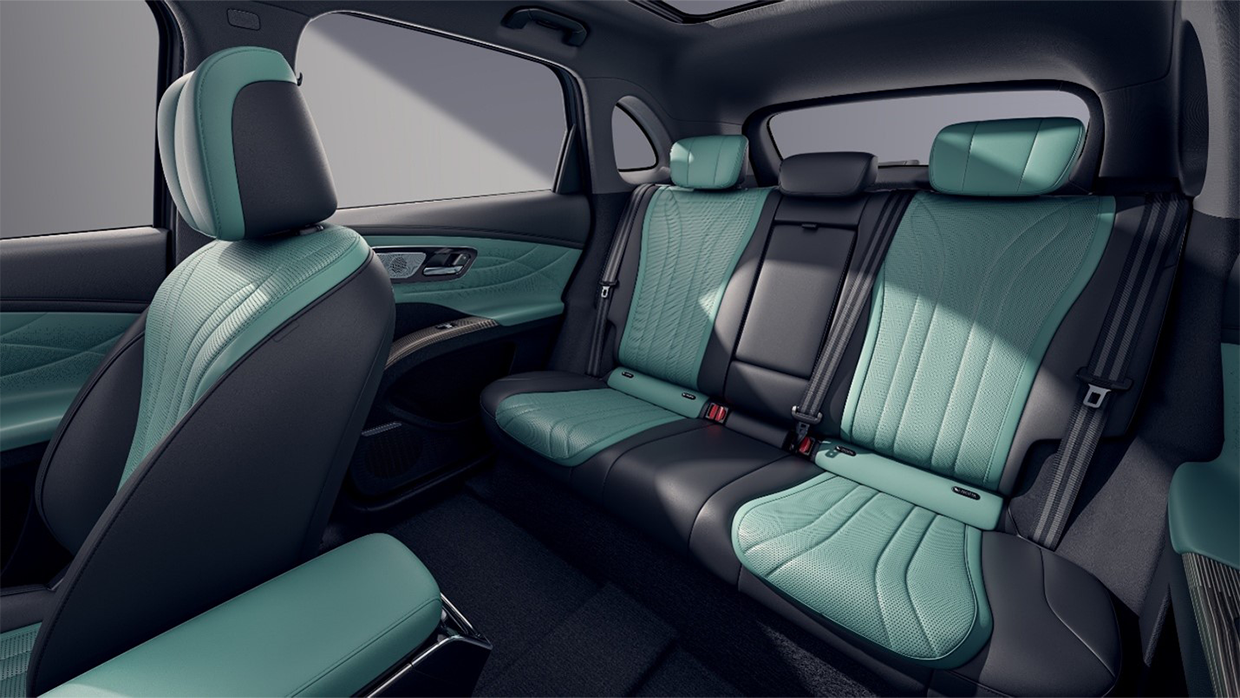
Lepas is hunting a younger, style conscious demographic, and the L8 therefore has sharp, sporty styling, bright colours and a light-coloured interior. In overseas markets, Lepas describes its design language as “Leopard Aesthetic”.
Inside, the L8 features perforated leather, vinyl, brushed-finish metal speaker grilles, a digital instrument cluster — likely 10.25-inches — and a portrait orientation infotainment screen, likely 13.2-inch or 14.8-inches, and borrowed from the Jaecoo J7.
No technical details or measurements have yet been confirmed for the L8, which could be on sale in as little as four months. Initial press images indicate that the vehicle is a plug-in hybrid, presenting dual fuel doors and a large front grille presumably for ICE engine cooling.
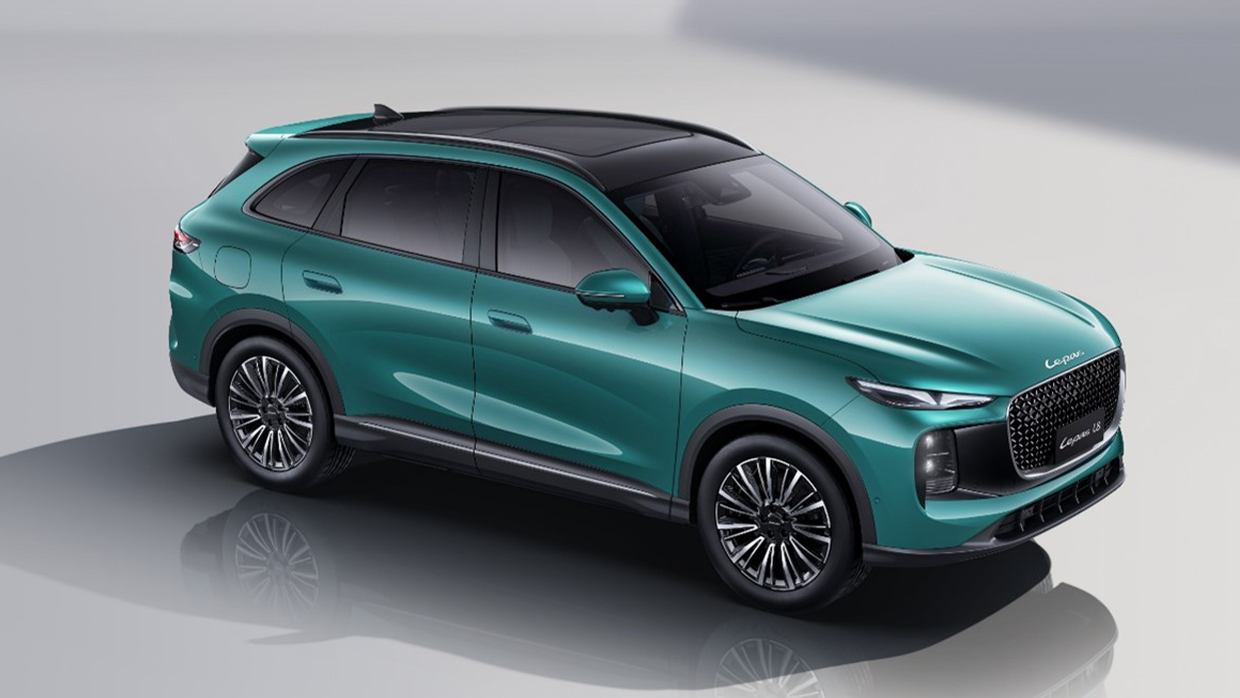
That would mean the L8 is likely to be based upon the Chery Tiggo 8 plug-in, which measures 4720mm long, 1862mm wide, 1705mm tall, and runs on a 2710mm wheelbase.
Weight should be in the realm of 1884kg (tare).
Under the bonnet, Chery may use its tried and tested PHEV powertrain, which combines a 105kW / 215Nm 1.5-litre turbo petrol engine, and 18.4kWh LFP battery with a 150kW / 310Nm electric motor to power the front wheels.
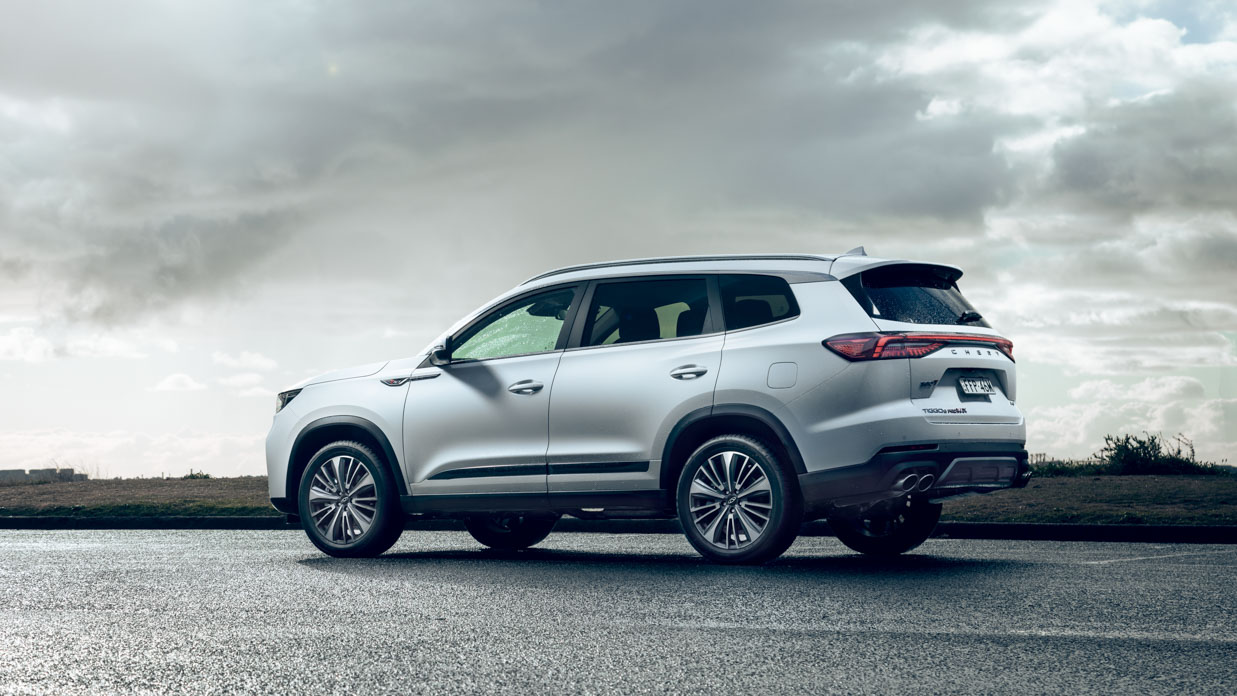
In the Tiggo 8 PHEV, this hybrid system delivers an electric-only driving range of 95km, combined range of 1200km, and combined fuel consumption of 1.3L/100km. All figures shown are NEDC testing standards.
While unconfirmed, we expect Lepas to soon bolster its L8 offering with the announcement of its L6 small SUV and L4 compact SUV. More details for those should soon come to light for global markets.
The Australian debut of Lepas, which came into existence just five months ago, is a curious one. Chery already has several highly similar products to the L8, and it remains to be seen how the L8 will differentiate from models such as the Jaecoo J7, Chery Tiggo 8 and Omoda 9 PHEVs.
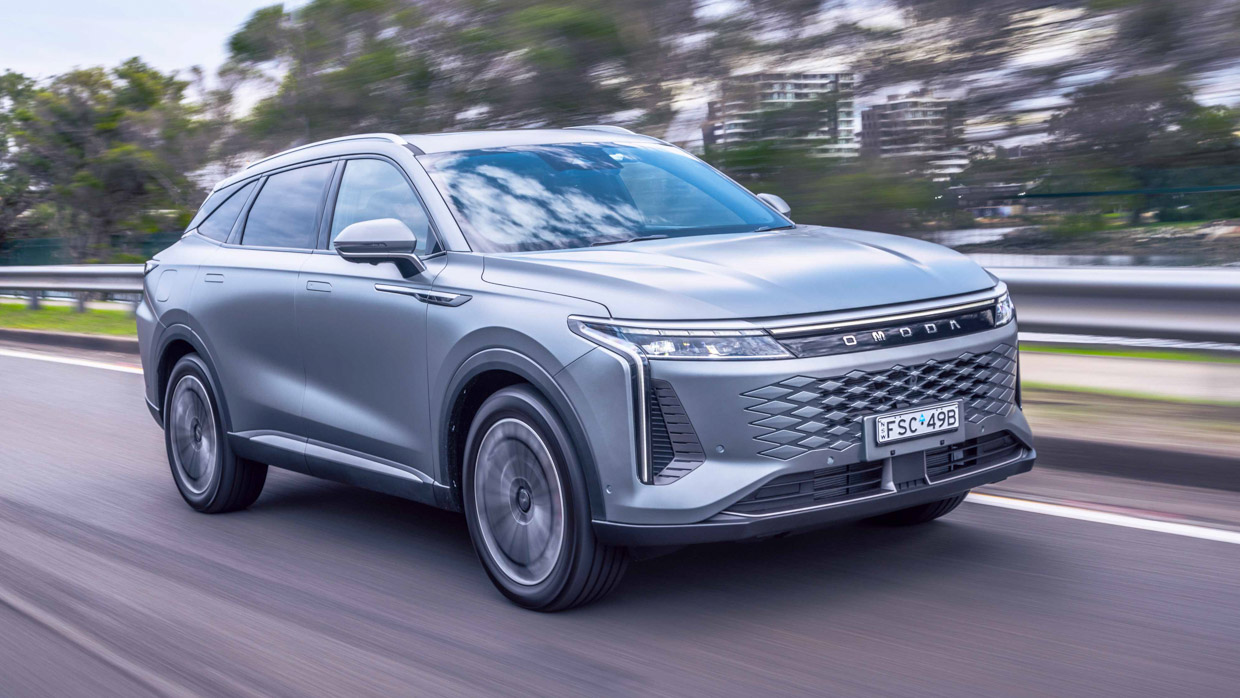
Chery already has a strong proposition of value through its main namesake, offering several combustion and hybrid SUVs including the Tiggo 4 small SUV, currently Australia’s cheapest SUV, and Tiggo 7 SHS, Australia’s cheapest PHEV.
It additionally has an array of premium mid-size SUVs, including the Jaecoo J7, Jaecoo J8, Chery C5 and Omoda 9. We are eager to see how the L8 fits into this crowded space.



